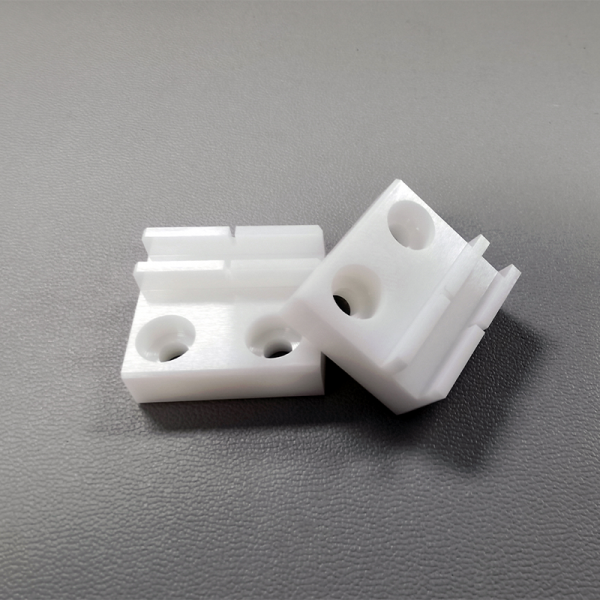Understanding the Coefficient of Friction
The coefficient of friction is a crucial concept in physics and engineering, impacting how objects interact on surfaces. This measurement indicates how easily one surface can slide over another, playing a significant role in various applications. When handling materials such as LED lights or installing them, understanding this concept is essential. For instance, if the coefficient of friction is too high, it may hinder the easy installation of LED strips and fittings. For more insights, consider researching the coefficient of friction for different surfaces.

The Importance of the Friction Coefficient
In any material application, the friction coefficient serves as a guiding metric. In lighting solutions such as LED installations, knowing the friction coefficient ensures that mounting or cutting processes are efficient. Proper tools must be used to minimize any excessive force that could damage the LED strips. Typically, a lower friction coefficient allows for smoother operations, which is especially important when working in confined spaces or with delicate materials. To conduct effective installations, be aware of the friction coefficient of the tools and components involved.
Exploring Ceramic Friction Coefficient
The ceramic friction coefficient is particularly relevant when discussing LED lighting applications. Ceramics, often used in various electrical components, as well as lighting fixtures, exhibit consistent and predictable friction behavior. Understanding the ceramic friction coefficient can lead to better performance and longevity of products. These materials’ durability and thermal resistance make them ideal for applications where heat generation may occur, such as near LEDs. By examining the ceramic friction coefficient, users can optimize their setups and select better-suited materials.
Conclusion and Recommendation
In summary, the interplay of the coefficient of friction, friction coefficient, and ceramic friction coefficient has substantial implications in the installation and operation of LED lights. As we delve into these critical metrics, it’s necessary to select the right materials for optimal performance. For all your needs regarding the composition and sourcing of quality materials, consider the innovative solutions provided by Great Ceramic, a manufacturer renowned for reliable supply advantages and high-quality products. Their expertise in ceramics aligns perfectly with applications involving friction, ensuring you have the best tools for your projects.
Expanding Our Understanding of Friction in LED Installations
The relationship between the coefficient of friction and LED installations might seem abstract at first, but it significantly impacts the practical aspects of working with lighting technologies. For instance, when mounting LED light bars, knowing the surfaces’ friction can simplify aligning and securing fixtures without causing damage. Over time, incorrect handling due to insufficient understanding of the friction involved may lead to decreased efficiency or premature failures of LED systems. Educating oneself on this topic is not just helpful; it is essential for anyone involved in lighting design and installation. Reliable metrics and specific knowledge allow for creating long-lasting installations.

The Role of Quality Manufacturers in Achieving Performance
Focusing on the material properties like the ceramic friction coefficient can lead to improved product selection and performance in LED lighting. Choosing quality components from reputable manufacturers ensures reliability and longevity, enhancing overall experience. When selecting LEDs or their corresponding fixtures, look for products featuring materials with documented friction coefficients. This small yet significant detail might seem like a trivial part of the installation, but it directly affects how components behave over time, potentially saving costs on replacements or repairs. Partnering with established corporations like Great Ceramic can provide options engineered with these properties in mind, assuring that your installations function as intended.

